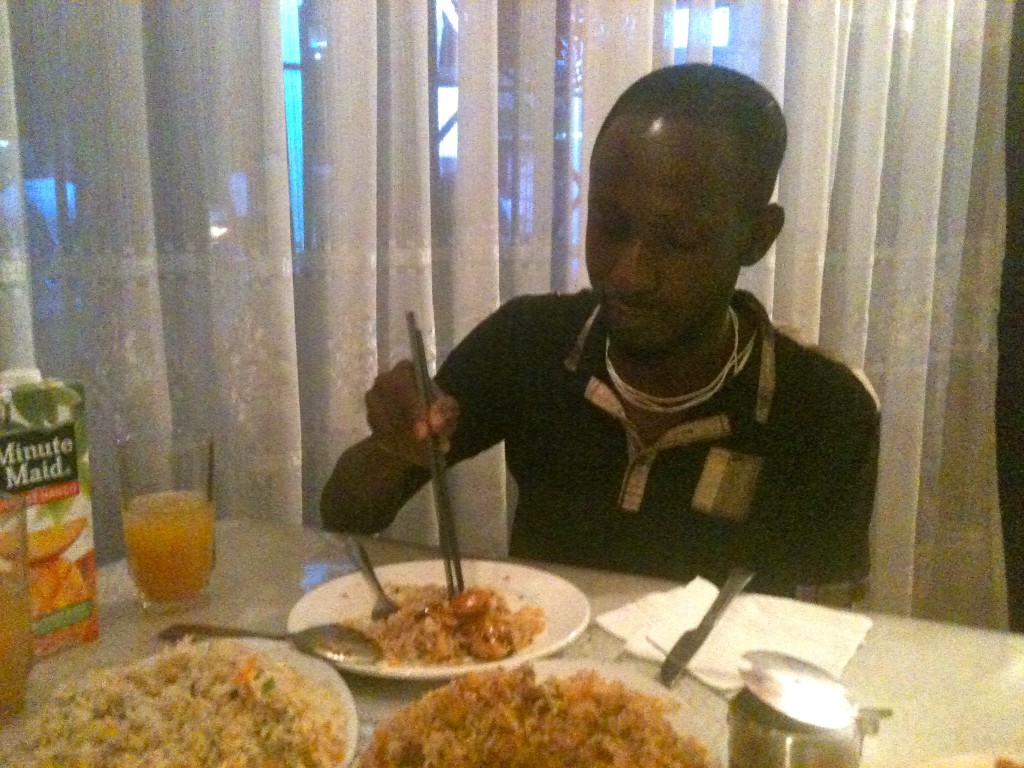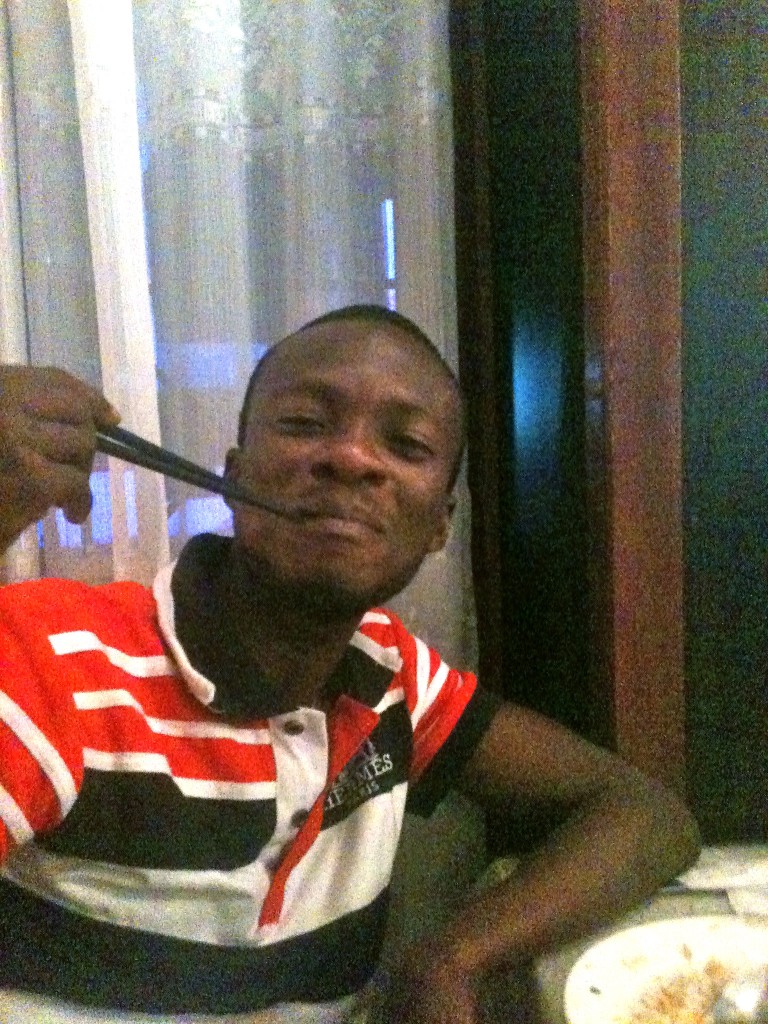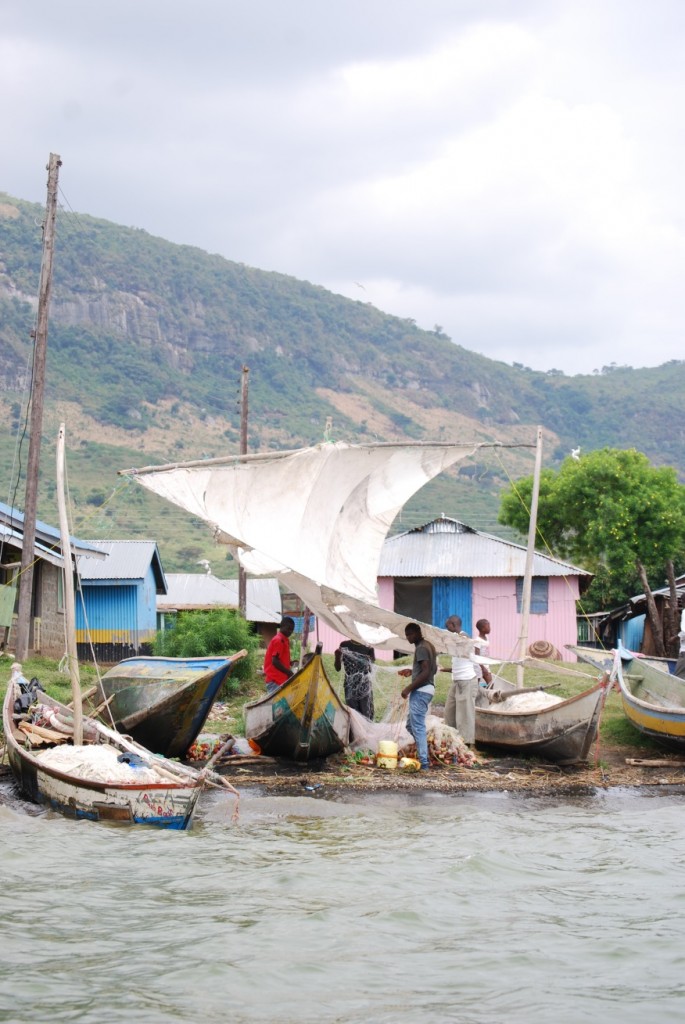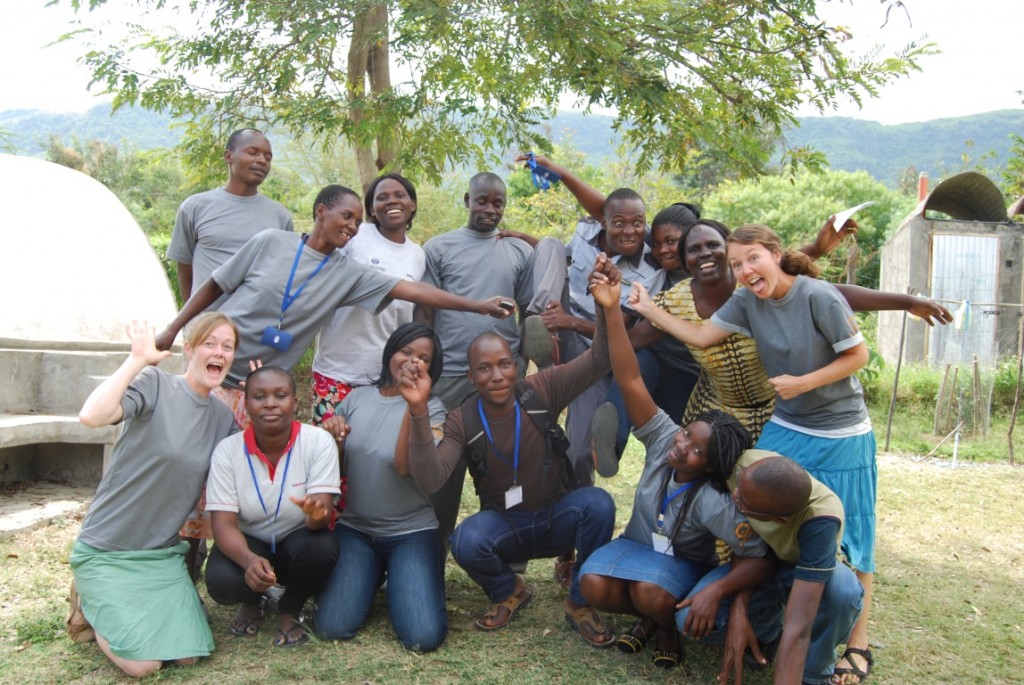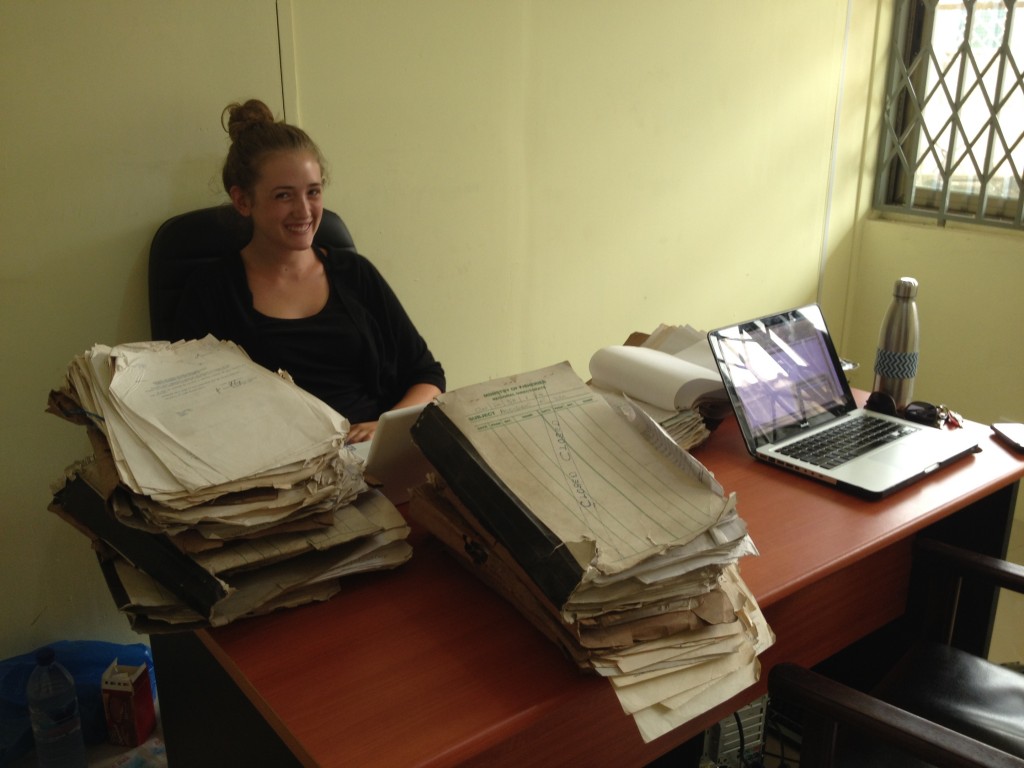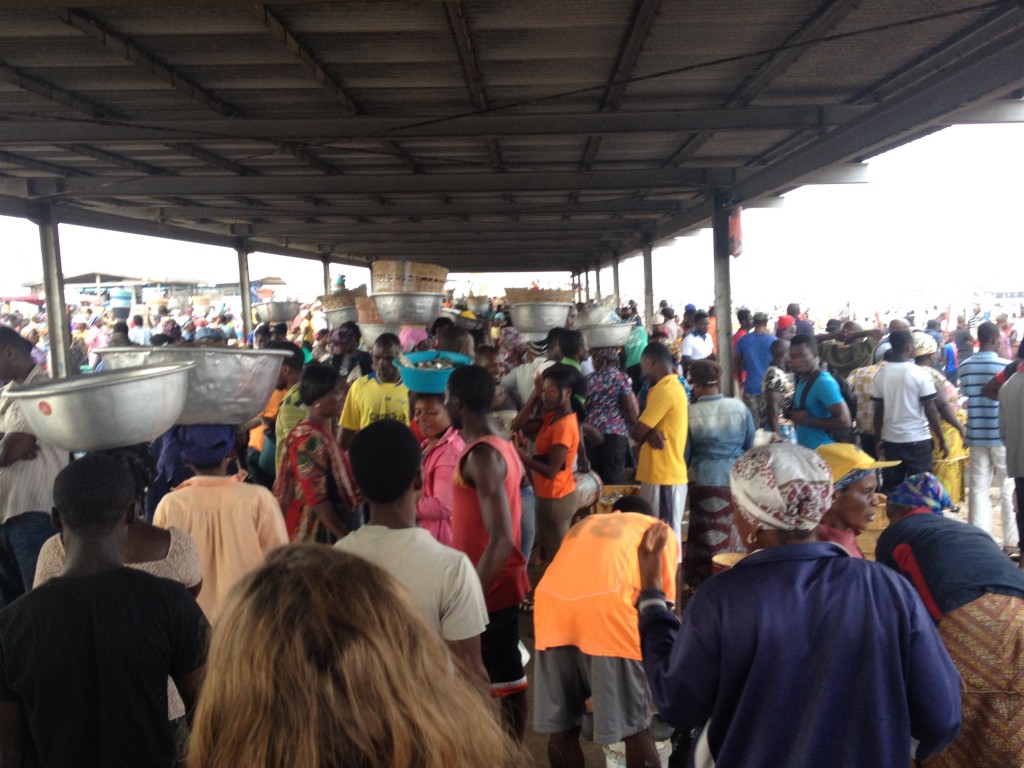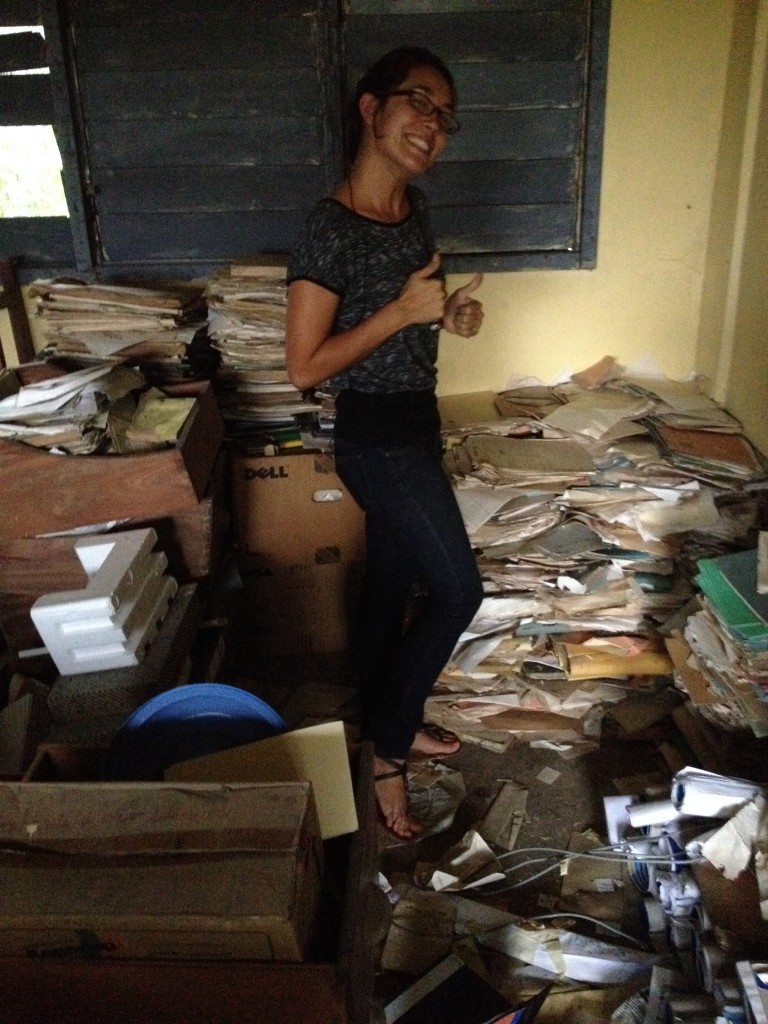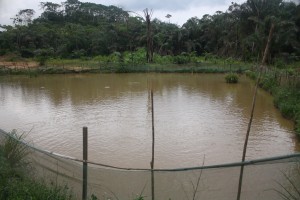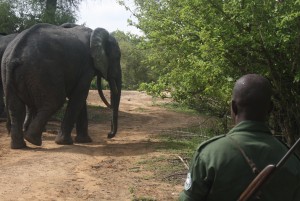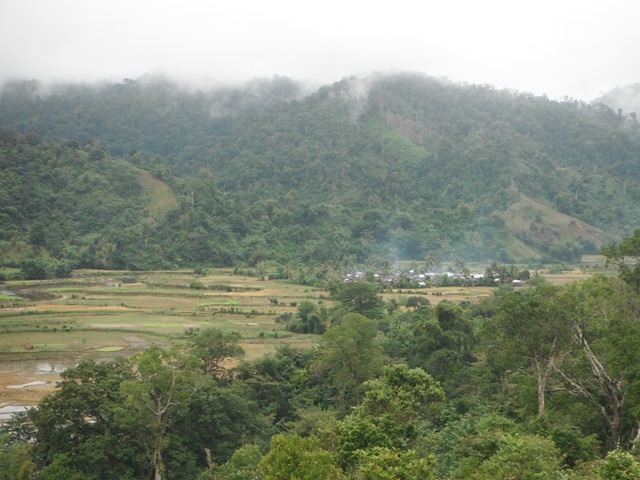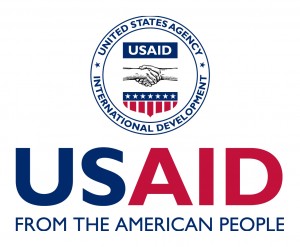Yesterday saw the completion of our research assistant retreat at Afia Beach hotel in Accra. After 8 months of survey work, I was glad to spend a couple days with Patrick and Victor looking over the work that had been done, ironing out the kinks, sharing strategies and challenges, and relaxing a little bit together. We had planned to convene the previous week but, in normal African fashion, Victor came down with malaria the morning of, and we made a last minute cancellation so he could properly battle the fatigue and nausea.
We convened in Accra Friday evening, checked into the hotel, and teased Victor about his malarial weight loss before heading out for dinner. Victor, who lives north of Accra was interested in a local Chinese food place. For Patrick, who lives in the Western Region in a smaller town, this was his first experience of Chinese food and he was dubious to say the least. He ordered shrimp fried rice–probably the most similar dish on the menu to traditional Ghanaian food– and it was declared delicious and a success. What was less successful was Patrick and Victor’s attempts to use chopsticks– some improvement could be had on that front.
We woke Saturday and from 9am until 4pm we refined our survey, shared interview pitfalls and transportation horror stories, laughed at anecdotes from various villages, discussed strategies with respondents, and made a plan for the work in the next few months. We talked about my goals for the research and discussed their goals for professional development and the future beyond the project. We had a wonderful time, and I’m so grateful for such an amazing team, with their honesty, their sense of humor, and their unflagging hard work. Survey work is challenging, and always iterative, and I couldn’t do any of it without them.
